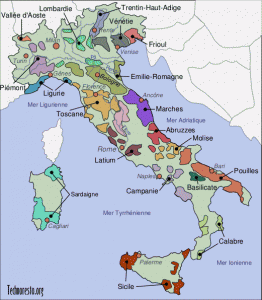Subscribe to news
Next FICB events
WINE-DISCOVERY TOUR SPONSORED BY F.I.C.B. IN JAPAN : MAY 18-24, 2026
18 May 2026 - 24 May 2026FICB CONGRESS 2027
6 May 2027 @ 8h00 - 13 May 2027 @ 17h00

Surface : 769 000 ha
Production: 40 Mhl
Consumption : 22,6 Mhl
Terroir
Main wine regions
Legislation
Sites
Subscribe to news
Next FICB events